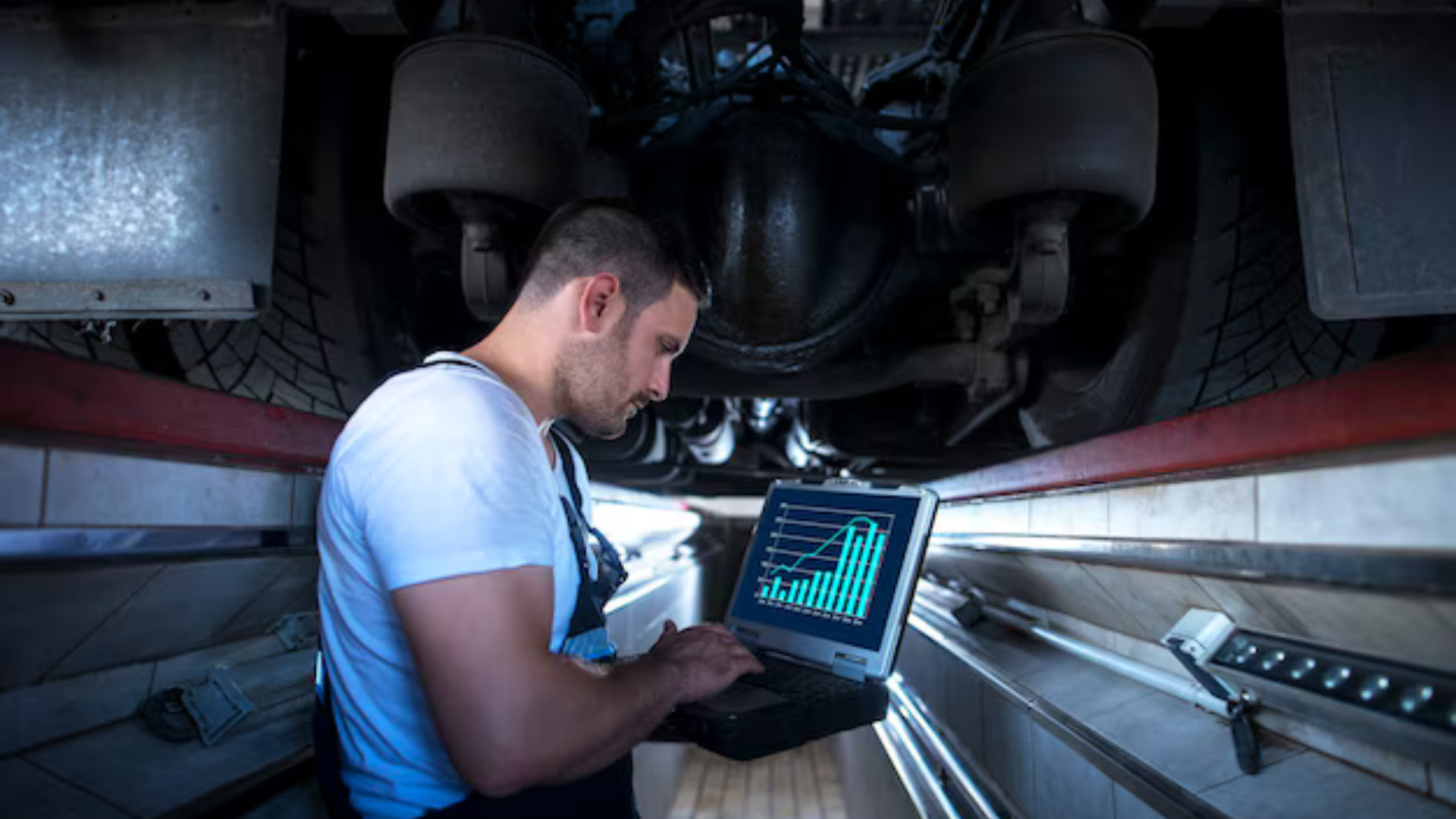The Yamaha VStar 1600 is a powerful and reliable motorcycle, known for its smooth rides and impressive performance. However, like any engine, there are times when you may need to manually turn the engine over to troubleshoot or start it in a non-standard manner. Understanding how to do this can save you time and money, especially in situations when your bike won’t start as expected.
In this guide, we’ll walk you through the process of manually turning the engine on a Yamaha VStar 1600. From understanding the components involved to the step-by-step procedure, we will cover everything you need to know to get your bike running manually.
Understanding the Engine Components
Before diving into the process of manually turning the engine, it’s essential to familiarize yourself with the primary components involved. These parts are integral to the bike’s engine operation and play a crucial role in ensuring that everything runs smoothly.
1. Starter Motor and Battery
The starter motor is responsible for turning the engine over when you start your VStar 1600. It is powered by the battery, which supplies the necessary electrical power for starting the engine.
2. Kickstand and Clutch
For safety reasons, the bike’s kickstand needs to be up, and the clutch must be engaged (or in the “pull” position) when starting the engine. This ensures the bike doesn’t accidentally move while attempting to start.
3. Ignition System
The ignition system is responsible for generating the spark that ignites the fuel in the engine’s cylinders. For manual starting, you’ll need to ensure that the ignition is working properly.
4. Engine Compression
In a motorcycle engine, compression refers to the pressure created when the piston moves upwards inside the cylinder. The engine needs adequate compression for the bike to start properly.
Now that you have an understanding of the basic components involved, let’s get into the steps for manually turning the engine on a VStar 1600.
Step-by-Step Guide to Manually Turning the Engine on a VStar 1600
Step 1: Ensure Safety Precautions
Before doing anything, always make sure that the bike is on a stable surface. The kickstand should be up, and the bike should be in neutral. You should also wear appropriate gear, including gloves and safety glasses, to protect yourself from any potential debris or accidents while working on the bike.
Step 2: Verify the Battery Power
For any electrical procedure involving the engine, the first step is to check the battery’s power. If the battery is dead or has insufficient charge, your bike won’t start regardless of your efforts.
- Use a multimeter to check the battery voltage. A healthy, fully charged battery should read around 12.6 volts or higher.
- If the battery is low, you may need to jump-start it or recharge it before proceeding further.
If the battery is good, move on to the next step.
Step 3: Turn the Ignition On
The ignition system of the VStar 1600 is an essential part of the bike’s starting process. For manual operation, ensure the ignition is turned on to allow power to flow to the starter system.
- Insert the key into the ignition and turn it to the “on” position.
- Verify that the dashboard lights are functioning, as this indicates that the electrical system is powered correctly.
Step 4: Locate the Manual Starting Components
The VStar 1600 is designed for electric start, but there are times when you may need to manually turn the engine over. For this, you’ll need to locate the relevant components:
- The Flywheel: The flywheel is a large rotating mass attached to the engine. It helps the engine maintain its momentum while the piston moves up and down. In manual starting, the flywheel plays a key role in turning the engine over.
- The Decompression Lever: On some motorcycles, including the VStar 1600, there may be a decompression lever or switch. This lever temporarily reduces the compression in the engine to make it easier to turn the engine over manually. Engaging the decompression lever is an essential step in reducing the load on the starter motor.
Step 5: Use the Decompression Lever (If Available)
If your VStar 1600 is equipped with a decompression lever, engage it before attempting to turn the engine. This reduces the compression in the engine, making it much easier to rotate the flywheel manually.
To engage the decompression lever:
- Locate the lever or button (usually on the left-hand side of the bike, near the clutch lever).
- Pull or press the decompression lever to reduce the pressure inside the engine.
Step 6: Manually Rotate the Engine
To manually rotate the engine, you will need to turn the flywheel. Most motorcycles, including the VStar 1600, have a manual procedure for this. Here’s how to do it:
- Remove the spark plugs: Before manually rotating the engine, it’s a good idea to remove the spark plugs. This reduces the resistance and makes it easier to turn the engine over.
- Find the Flywheel Bolt: Locate the flywheel bolt, which is often positioned at the side of the engine, and use a wrench or socket to rotate it. You’ll need to rotate it counterclockwise to turn the engine over.
- Turn the Flywheel: Slowly rotate the flywheel bolt by hand using a wrench or socket. Turn the engine until you feel resistance, indicating that the piston has completed one full cycle. If you engaged the decompression lever, this should be relatively easy.
- Check for Compression: As you rotate the flywheel, keep an eye on any compression resistance. Once you’ve rotated the engine completely and the piston has reached its highest point, the engine is now ready for the next step.
Step 7: Reinstall Spark Plugs and Test Start
Once you’ve manually turned the engine and ensured that it is properly rotated, you can reinstall the spark plugs. This step ensures that the ignition system can create a spark to ignite the fuel and air mixture.
After reinstalling the spark plugs:
- Check the throttle: Ensure that the throttle is closed.
- Attempt the Electric Start: With the bike still in neutral, attempt to start the engine using the electric start button.
If the engine doesn’t start immediately, you may need to repeat the process or check for additional issues.
Conclusion
Turning the engine on your Yamaha VStar 1600 manually can be a valuable skill when troubleshooting or if the bike won’t start using the electric starter. Understanding the basic components involved and following the proper steps can ensure you’re able to get the bike running manually when needed. It’s important to ensure safety precautions, check the battery, and use the decompression lever to reduce resistance during the manual turning process.
If your engine still fails to start after following these steps, there may be underlying issues with the fuel system, spark plugs, or other engine components. In that case, it’s a good idea to consult a professional mechanic for further troubleshooting.
ALSO READ:Decanter Centrifuge: The Ultimate Solution for Water Treatment by ZK SEPARATION
FAQs
How do I know if my VStar 1600 engine needs to be turned manually?
If your bike doesn’t start with the electric starter and the battery is fine, manually turning the engine can help reset the cycle and get the engine moving again.
Do I need any special tools to manually turn the engine?
You will need a wrench or socket to rotate the flywheel. Additionally, a spark plug socket wrench is helpful for removing the spark plugs.
Can I start my VStar 1600 without using the decompression lever?
While it is possible to turn the engine without the decompression lever, it is much harder and may put unnecessary strain on the starter motor. The decompression lever makes the process easier.
What should I do if my engine doesn’t start manually?
If the engine doesn’t start manually, check for other issues like fuel flow problems, bad spark plugs, or faulty wiring. Consult a mechanic if needed.
Is it safe to turn the engine manually?
Yes, it’s safe as long as you follow the proper steps, ensure the bike is in neutral, and use the decompression lever. Always wear protective gear when working on the bike.




